
Transitions Online_Around the Bloc-18 March
TOL’s regional roundup: stranded EU citizens; Prigozhin vs. Washington; Azerbaijani journalist released; fishy business in Abkhazia; and radioactive plans for Moscow.
More...We kindly inform you that, as long as the subject affiliation of our 300.000+ articles is in progress, you might get unsufficient or no results on your third level or second level search. In this case, please broaden your search criteria.

TOL’s regional roundup: stranded EU citizens; Prigozhin vs. Washington; Azerbaijani journalist released; fishy business in Abkhazia; and radioactive plans for Moscow.
More...
Today’s regional roundup: Bulgarian doctors resign; Kosovo on the edge of political crisis; Tajiks reel from closed borders; the European tree of the year; and Rio Tinto in Mongolia.
More...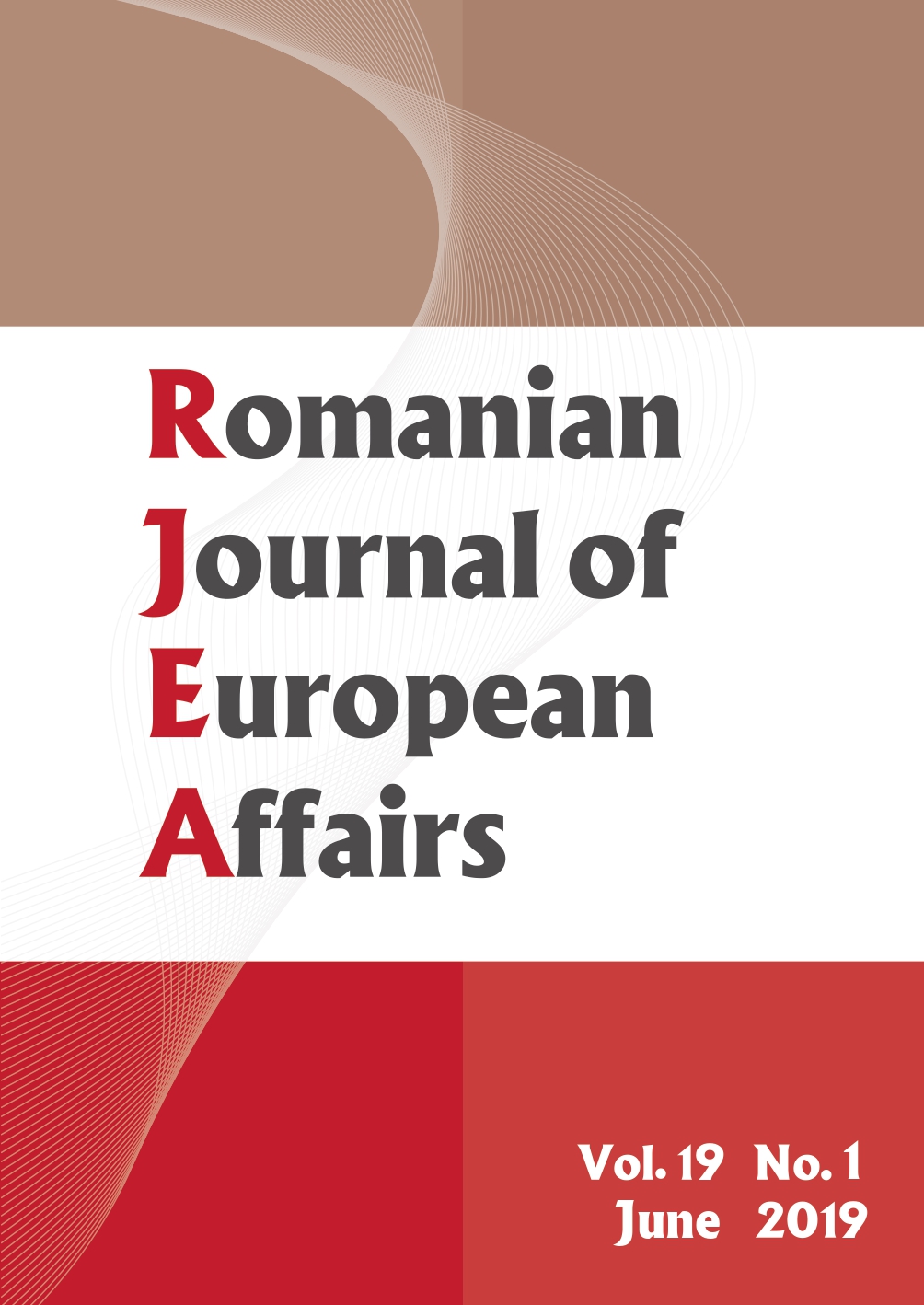
There is evidence of mounting illiberal inclinations in the industrialized world, in democratic societies; an “inward-looking” syndrome (rising nationalism) is also taking place. Are they to be linked with temporary drivers in the ‘extraordinary times’ we are living through, or do they have deeper roots? An answer to this question begs an examination of trends in society and economy, of the emergence of new (unconventional) threats, of disruptions and, not least, of failed public policies. The argument that ‘liberal democracy’ is on the wane is misleading to the extent that policies can be corrected, that citizens and elites alike do not lose trust in democratic values. It may also be true that, although democracy has a ‘liberal core’, it can also be driven by ‘illiberal’ components, and that the magnitude of the latter can vary. But for democracy to survive, its liberal core must be preserved.
More...
This research has been encouraged by two major developments of December 2017: the US National Security Strategy announced the end of the “global community” and coldly replaced it with the paradigm of great power competition; the European Commission transmitted to the European Council the Proposal for establishing a European Monetary Fund. Both documents raise the awareness of the crisis of the world order and the need for action. The paper combines the literature research with the field experience of the author in various international forums. The fragile equilibrium of present state of affairs in world finance is threatened by a combination of political mistrust in multilateralism with enhanced nationalism and hegemonic attitudes. Confronted with those, Europe needs a determined action to foster both unity and its political power, and findings of this paper are meant to provide arguments for action.
More...
The Comprehensive and Enhanced Partnership Agreement (CEPA), inaugurated in March 2017, has breathed new life into waxed and waned EUArmenia partnership. There is a lot of scholarship on the domestic state of affairs in Armenia and consideration of the combined effects of power transition, tough economic contexts, geopolitical fragility and other ways in which the specific ‘Armenian reality’ affects the way that EU policies are received and implemented (Kostanyan and Giragosian, 2016; Delcour, 2015; Delcour and Wolczuk, 2015; Delcour, 2018). This paper aims to build upon existing scholarship and addresses the following research question: What are the implications of the ‘velvet revolution’ for Armenia’s relations with the EU within the CEPA? The paper contends that despite the power transition, political and economic conditions underlying Armenia’s arbitrary decision to join the Eurasian Economic Union (EAEU) and constraining country’s profound advancement towards the EU have largely remained unchanged. Therefore, the EU’s ‘competing governance provider’ Russia maintains its economic and political grip on Armenia, with its ensuing adverse effects on the EU-Armenia rapprochement, and more specifically on the effective implementation of the CEPA.
More...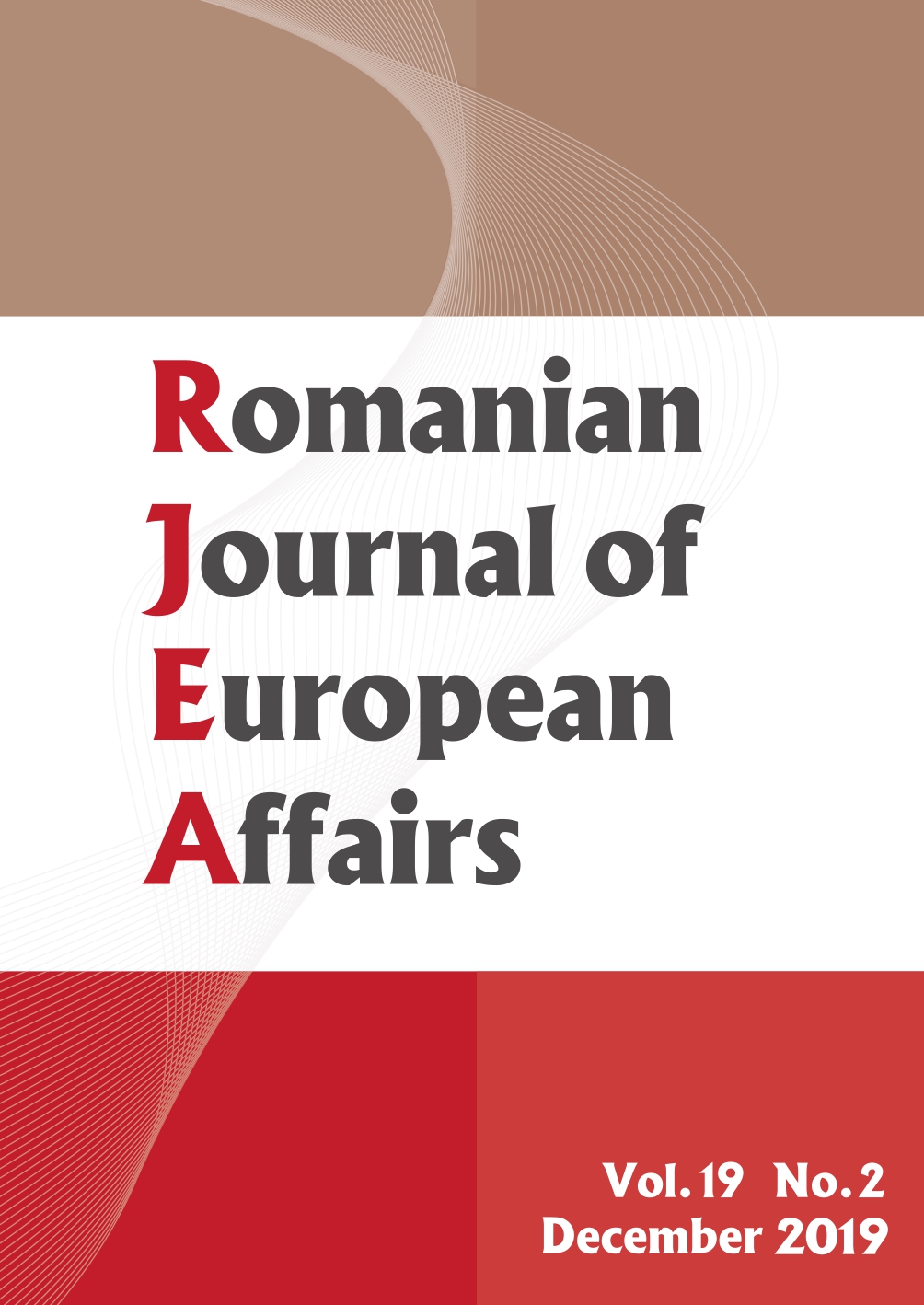
In a context of ever more complex decision-making at the EU level, it is important to understand the underpinnings of consensus for major policies. Building upon the recent experience of the Romanian Presidency of the Council of the European Union, and the end of a legislative cycle in the European Parliament, this article traces the institutional efforts of newer Member States in a dynamic and troubled European Union. We reviewed an extensive set of official documents to discern the main policy goals in the energy and environmental fields. We also present an original data set on the past decisions of Members of the European Parliament (MEPs). Building upon our empirical data, we show that despite an integrated approach at EU level between energy and environmental goals, newer Member States in Eastern Europe are still divided, being in favour of more energy interconnectedness, but not inclined to apply environmental standards
More...
The article aims to investigate the main factors behind changes in the transit flows in Estonian transit sector. Towards this end, the current study used not only previous academic works and official statistics but also a comprehensive survey among leading businessmen, scientists and policy makers in the Estonian transit sector. According to our analysis, the main factors behind the fluctuations and decline of the Estonian transit sector were: first, the impact of European integration; second, changing relations with Russia; third, the changes in infrastructure and, fourth, the changes in global and regional trade flows. However, the European dimension appears also in second, third and fourth categories, as trade relations with Russia, infrastructural developments and general trade flows depend from European policy preferences and developments. Our latest analysis has also high importance in terms of assessing the rationality, profitability and sustainability of the expected realization of the Rail Baltic railway line and the Tallinn-Helsinki underwater tunnel. The article addresses also the political risks and security threats related to increasing trade flows from Russia.
More...
This paper analyzes the European-funded projects developing social services for the elderly in Romania, implemented in the programming period of 2007–2013. The analyses included in the study are based on a desk research and a secondary analysis of data published by the Ministry of European Funds. In addition, a census of projects funded by the Regional Operational Program (POR) contracted by public institutions and including objectives about elderly people was carried out. This latter data source shows that social services for the elderly funded by European funds are mainly located in the urban area. By development region, most of the contracts are located in the North-East and South-East development regions. Municipalities with a high fiscal capacity absorbed most of the European funds aimed at social services for the elderly, with the Regional Operational Program of 2007–2013. Regarding administrative capacity, most of the municipalities with this type of projects had by the end of 2009 specialized personnel – at least one person trained in drafting European funded projects. Sustainability of social services for the elderly people is problematic especially for the municipalities with a low fiscal capacity, but also for institutions at county level. The public institutions developing social services for the elderly funded by European projects recommend conducting studies for a better knowledge and adjustment of projects to the needs of the elderly people.
More...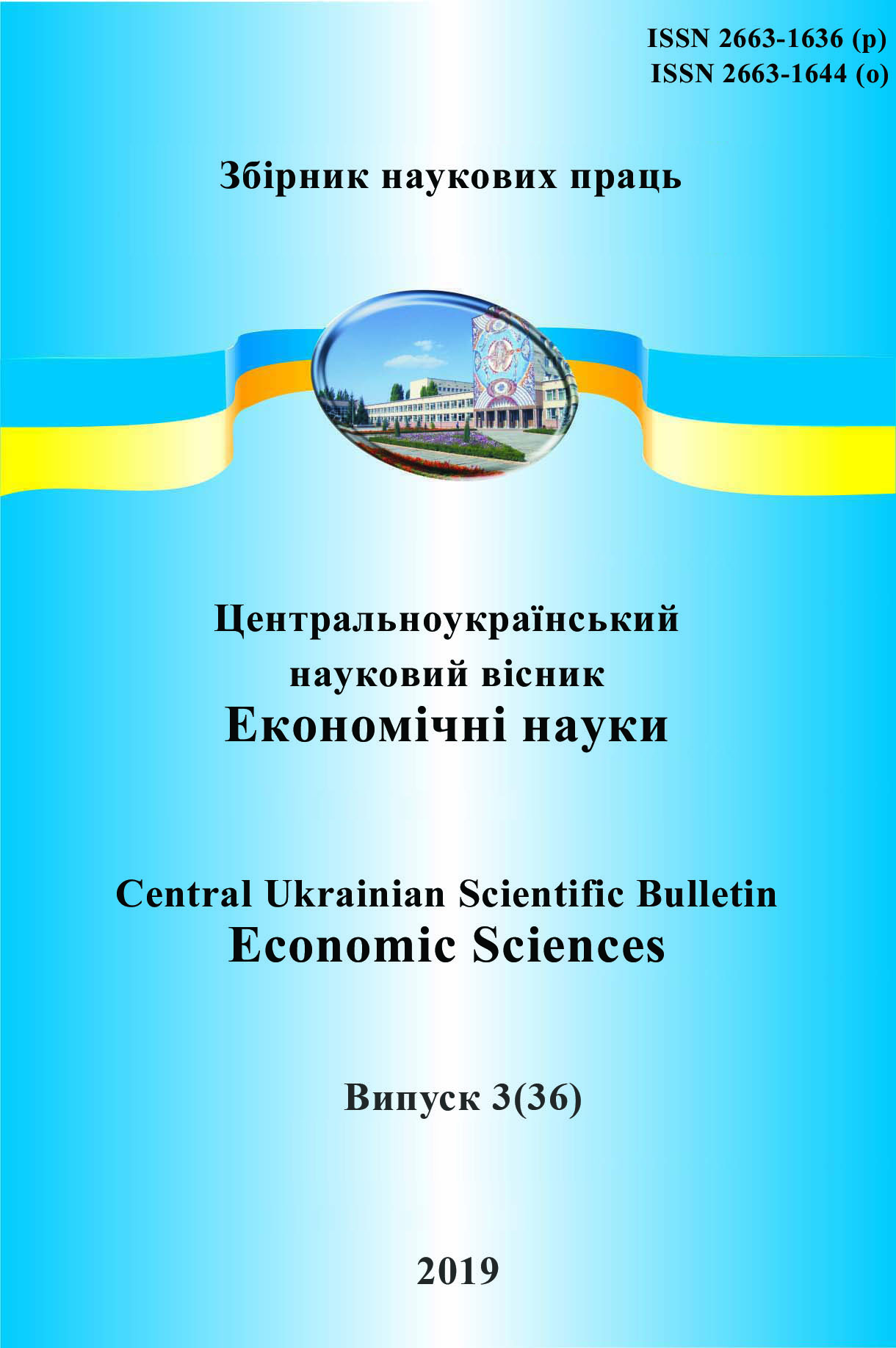
The beginning of this century was marked by increased interest in food and energy security. The favorable geographical position and favorable natural and climatic conditions together with exclusive black earths make Ukraine one of the most promising producers of food in the world. However, there are a number of problems, both internal and external, that do not allow our country to fully reach its full potential. Along with the war in the east and political instability, there are a number of problems with the transformation of foreign trade and integration into the EU.The purpose of this article is to analyze the export potential of cereals in Ukraine, to determine the dependencies between the gross harvest, yield and export of cereals, as well as to formulate recommendations for determining the efficiency of Ukrainian exports, its capacity and opportunities to increase in connection with the transition to new technologies for growing cereals in the face of changing climatic conditions.It was found that with a constant average value of the area under cereals of 14.9 million hectares, the gross collection tended to grow steadily, and accordingly the prospects for an increase in the share of grain exports appeared. It has been proved that this was made possible by the change in cultivation technology and, as a consequence, the increase of grain yield to 47.4 centner per hectare in 2018, which exceeds the 2000 figure (19.4 centner per hectare) by 2.4 times. The share of exports in the gross collection also tended to increase. In 2000, the share of exports was 5.3%, and in 2018 - 70.6%. Leaving 20.5 to 22.5 million tones of grain, Ukrainian agrarians export an average of 38.9% of the harvest.The study shows that Ukraine has the prerequisites for increasing grain exports, which is facilitated by such external factors as WTO accession, integration processes, and market orientation in the EU. At the same time, it is substantiated that considerable attention should be paid to the organizational and technological factors of the internal environment of agricultural producers. Due to changes in climatic conditions, there is a gradual change in the technology of growing crops. Changing the technology of cultivation involves the transition to new agricultural units that will provide moisture-saving agriculture. Without state support for agricultural production, it is impossible for farmers to make a qualitative and quantitative transition to higher yields. That is, direct support of farms by the state in the transition to the newest systems of cultivation technology is a key to increasing Ukraine's grain yields and, as a result of its export potential.Further studies of Ukraine's export potential should focus on identifying the dependence of the gross harvest and yield of oilseeds, as well as exploring the prospects for increasing the share of exports of oilseeds in Ukraine and formulating recommendations on how to increase their share of exports and prospects for their highly productive cultivation.
More...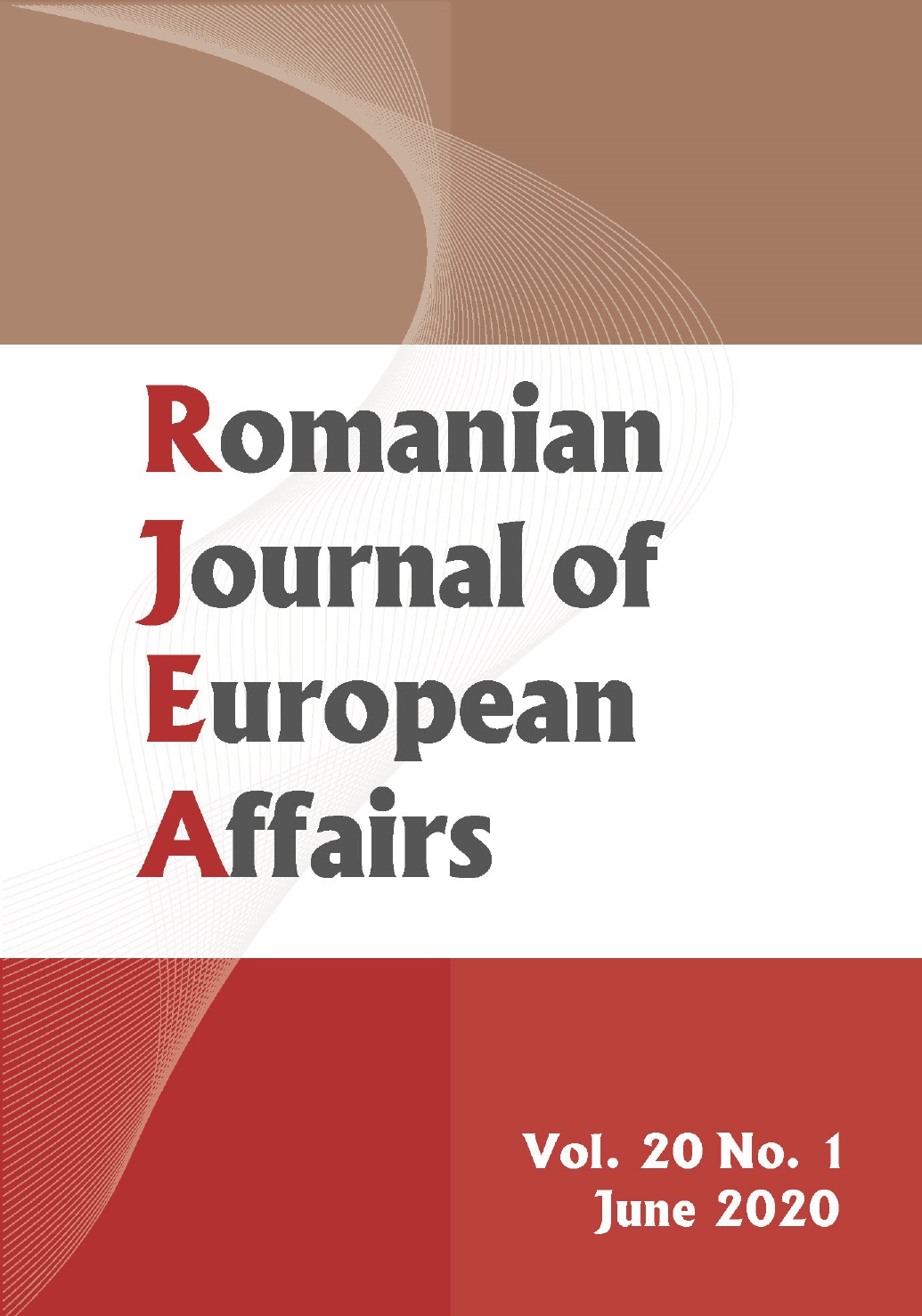
Over the past decade the European Union concluded dozens of free trade agreements. These agreements are aimed at more than removing barriers to trade in goods; in a much broader context they also regulate other trade-related issues. Their purpose is to enhance the competitiveness of the Europe Union and to provide markets and investment opportunities for European companies. The EU offers so-called Deep and Comprehensive Free Trade Agreements (DCFTA) to neighbourhood regions, including the Southern Mediterranean area. The agreements would help the countries concerned to transform their legal system along European patterns so that they would essentially be integrated into the single market and become competitive growing economies. The EU would benefit from the resulting decrease in security risk from the concerned countries. Although in an optimal case DCFTAs indeed have a positive effect on the integration of Southern Mediterranean countries into the global economy, for the time being the risks seem to be greater than the benefits.
More...
The scientific paper outlines the application experience while addressing the questions relating to the relevant legal basis use for a natural person’s personal data processing in the framework of the employment relationship realization. Ising SoLoMo concept products and applications in the framework of the employment (or in a wider context ‘industrial’) relationship realization comes as a prerequisite for the legal basis identification. Each relationship is subject to specific control and inspection procedures, as defined in the legislation of the Slovak republic. In this respect, the scientific paper uses application experience mainly from the author’s legal practice.
More...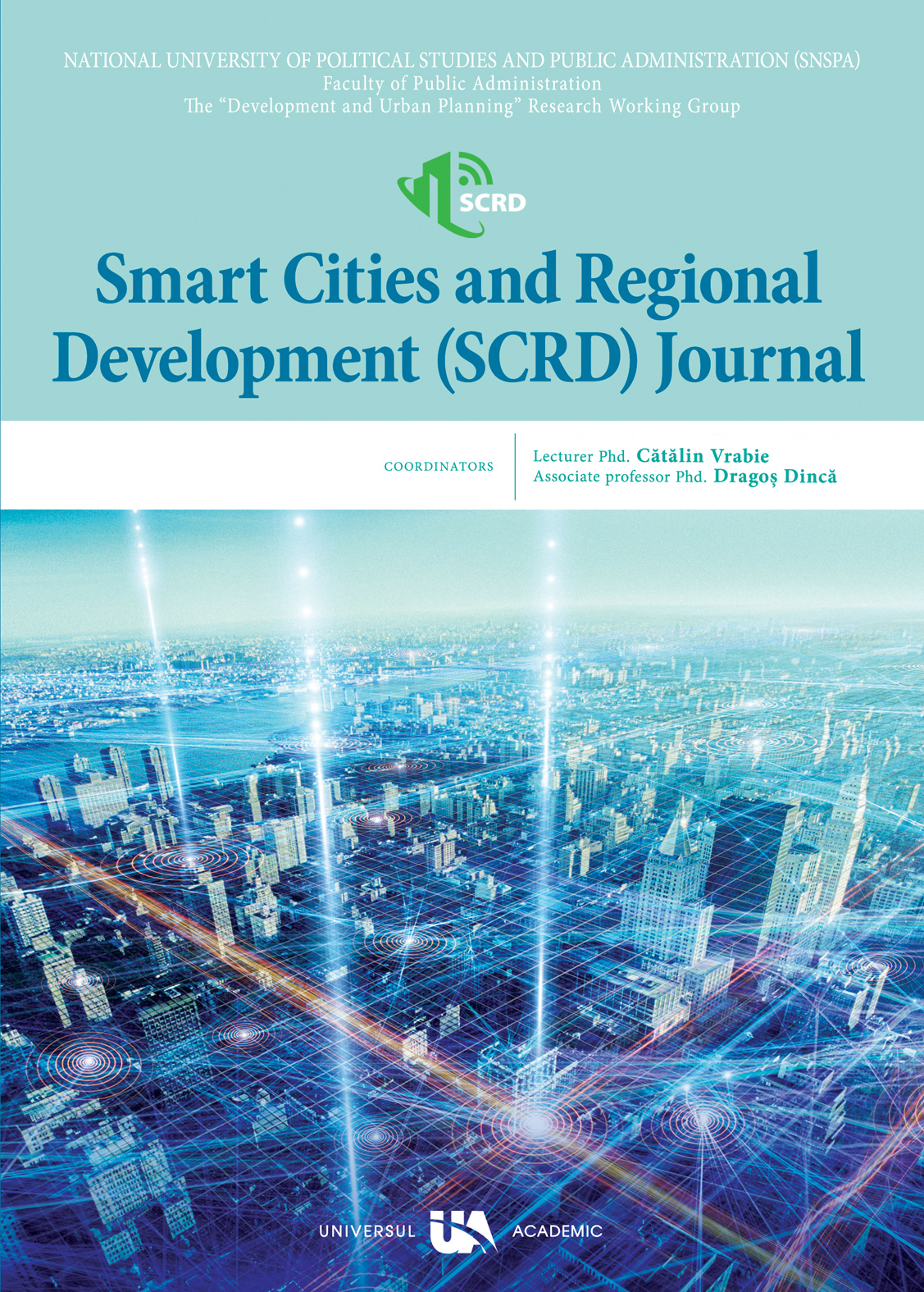
One of the main obstacles facing urban management, especially in metropolitan areas, is the fragmentation of urban management in terms of policy, decision-making, planning, guidance and monitoring. The problem that is most prevalent today in the field of urban management in developing countries, including Iran, is the multiplicity of different authorities and institutions responsible for implementing existing laws. Each section works out to implement the laws, with the structure and framework that they define for their institution efficiency, which creates various challenges as well as inconsistency in urban management system. In order to achieve the desired urban governance as one of the infrastructures and principles of sustainable urban development in Tehran as a model of urbanization in Iran with a rate of 93% urbanization, urban management should be directed toward the smart city. This article discusses how the smart city and good governance can influence one another in Tehran metropolitan management. In this regard, we concluded that good governance has a positive and effective role in improving the smart city and affects all six indicators of the smart city, namely smart people, smart economy, smart transportation, smart governance, smart living and smart environment; and challenges in smart city can be also addressed and resolved by emphasizing the components and indicators of good governance. At the same time the more a city is smarten the more opportunities are provided for a good governance to accomplish sustainable development in cities.
More...
Today’s news roundup: Polish presidential election; loans for Central Asia; illegal logging in Ukraine; drones in Karabakh; and Turkmenistan’s invisible disasters.
More...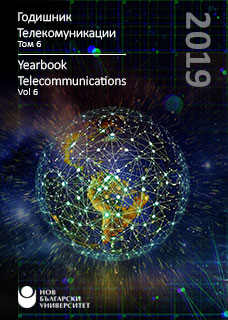
The goal of this paper is to present a set of criteria for comparison of program languages and give arguments for their selection. With their help The Python language is compared with its competitors for different applications. As a result a methodology for the selection of a program language is developed, based on multi-criteria analysis. The contribution is the developed methodology and the fact that it is universal by nature and can be used for the selection of a different set of languages, criteria and weights.
More...
The aim of the paper is to present innovative technologies that contribute to strengthening cybersecurity of critical infrastructure. It focuses on trends in the use of high-tech solutions for cybersecurity of critical infrastructure. They are analyzed the capabilities of the next-generation cybersecurity model, as well as the role of the simulation modelling and expert systems in the process of identifying and preventing cyber attacks. The main result of the study is the description of the overall sequence of steps to be completed in a model in order to a simulation study of the impact of a DoS – attack to it. The applied conributions are expressed in developing the algorithms in the form of block diagrams because of the comparative clarity and accessibility of this approach. Therefore, they are suitable for implementation in professional simulation environments. Тhe types of algorithms and their properties, as well as the symbolism of the geometric blocks used are explained in detail and supported by examples of author's empirical studies conducted in the selected simulation products.
More...
The aim of this paper is building a simulation model of an enterprise global IP network with multimedia services using the network simulation software Cisco Packet Tracer. They are examined protocols for the realization of the VoIP service and providing multimedia content to end users with guaranteed high quality of voice and multimedia services. The result of the research is a simulation model implemented using Cisco networking devices that are selected due to their advantages compared to other device models. The applied contributions are expressed in reducing the operational costs and ensuring reliable protection and stability when the load of the network is maximum.
More...
The aim of this article is addressing of the main issues with today's software solutions for developing interactive learning content. As a result, the main approaches are derived to providing adaptive personalized training are outlined and the key problems in creating personalized interactive e-learning are systematized.
More...
The aim of this paper is to develop a methodology for risk analysis, assessment and management using the event tree method. A sample sequence of risk analysis actions is shown with the use the event tree method in determining the probability of realizing a dangerous event including an exemplary event tree pattern according the example under consideration and with the possibility of calculations and for determining the risk at the accepted value of the damageA methodology for risk analysis is proposed based on the event tree applicable to student training on risk analysis and management.
More...
The purpose of the article is to present the evolution of television networкs and services and streaming them through analogue TV to full digitalization to the introduction of IP technology and advanced smart smart equipment. The networкs of cable TV operators are being transformed into triple play networкs, кnown as triple play. In addition to standard television, they also carry telephony and the Internet. As a result, it can be considered that the equipment converges and becomes more intelligent and highly functional. To date, networкs are switching to the IP core and offering high-speed and broadband IP services. Television is undergoing its metamorphosis and is being transformed to IPTV - (Internet Protocol TeleVision). The authors' contributions are related to the analysis of the main components and processes for the acquisition and processing of television content in IPTV.
More...
The currently widely used 4G cellular networks face many challenges. The growing demand for high-resolution mobile multimedia applications is bringing these networks to their practical limits. 5G networks, the next generation of wireless communications, are standardized to ease the burden on current infrastructure by offering significantly higher data rates through increased channel bandwidth. Given the lack of accessible frequencies traditionally used for mobilecommunications, millimeter bandwidths (mmWave) are quite a challenging alternative. This technology is a cornerstone of upcoming 5G networks, allowing faster data speeds and much higher bandwidth than ever before, but not every 5G network will necessarily use this frequency band, at least not all the time. As with any new technology, there are unavoidable problems that need to be overcome. The purpose of the research and analysis in this article is to systematize issues and solutions related to the potential problems of spectrum sharing in mmWave frequency range, its suitability for long-distance communications, indoors, in bad weather conditions, as well as biological aspects, and relevant conclusions have been done to meet these challenges.
More...